Traditional Afghan men’s clothing is a testament to the country’s rich history, culture, and traditions. More than just pieces of cloth, these garments represent identity and status across Afghanistan’s diverse regions. In this post, we will explore the historical significance of traditional Afghan men’s clothing and how it is interwoven into Afghan society.
History and Significance of Traditional Afghan Men’s Clothing
The history of traditional Afghan men’s clothing spans several centuries, reflecting the country’s unique and diverse cultural heritage. This attire has been shaped by the migration of people from both the East and West, as well as Afghanistan’s strategic geographic location in Central-South Asia. The influence of various empires and cultures passing through the region has contributed to the distinctive styles of traditional Afghan men’s clothing.
The Influence of the Silk Road
The Silk Road’s impact on traditional Afghan men’s clothing is evident in the intricate patterns, embroidery, and fabrics used in their garments. Influences from Persia, India, China, and other regions have enriched the designs and styles of these traditional attires.
Preserving Culture and Identity
Despite modern influences, many Afghan men continue to wear traditional Afghan men’s clothing, demonstrating the deep resonance of Afghan culture. These garments serve as an anchor, connecting modern Afghans to their heritage and preserving their cultural identity.
Key Elements of Traditional Afghan Men’s Clothing
Traditional Afghan men’s clothing differs from Western attire, featuring loose-fitting garments that are practical and comfortable for men in a country with substantial climate variances.
Perahan Tonban
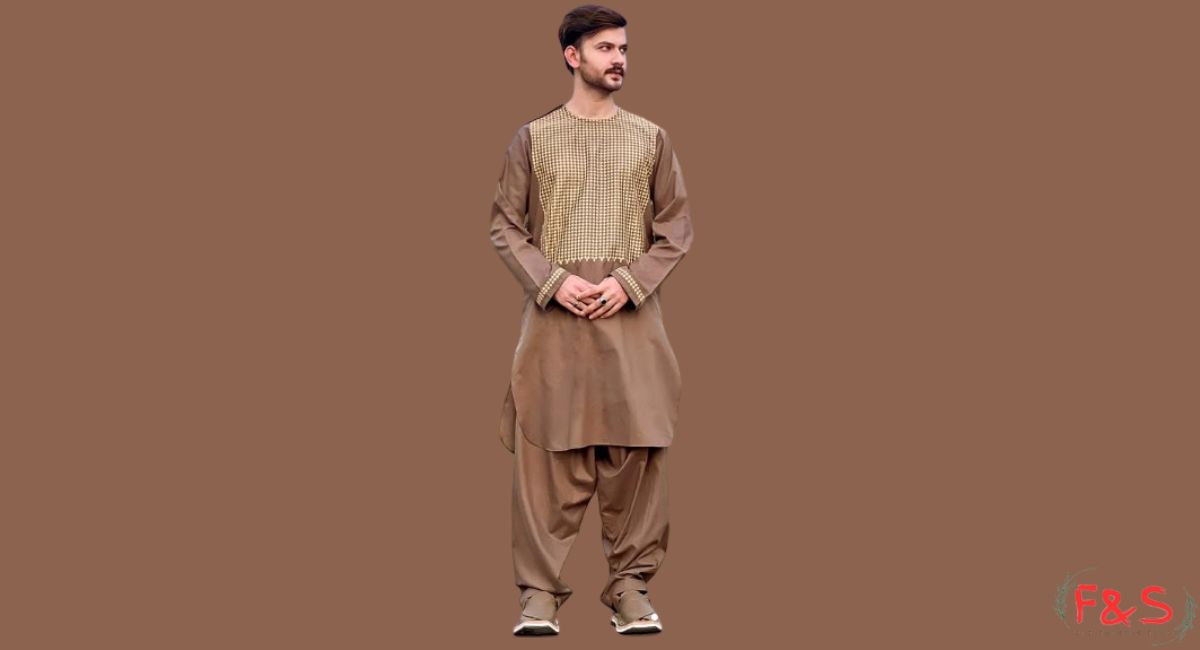
A staple of traditional Afghan men’s clothing is the perahan tonban, which consists of a long shirt called the perahan and baggy pants known as the tonban. The perahan typically extends just below the knee and is paired with the tonban, which is secured at the waist with a drawstring. This attire is widely worn by Afghan men and is made from various fabrics such as cotton or silk.
Vests and Waistcoats
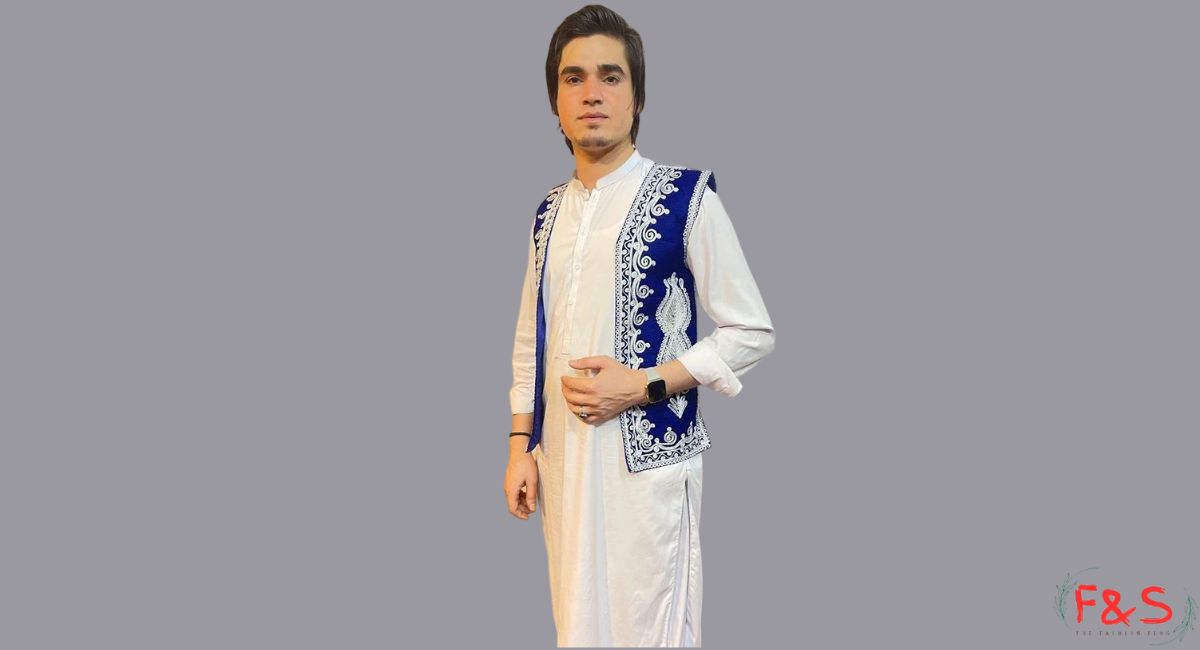
Vests or waistcoats, known as waskat in Dari and jilek in Pashto, are commonly worn over the perahan tonban. These vests, which can be plain or adorned with intricate embroidery, add a coordinated and stylish touch to traditional Afghan men’s clothing, particularly in urban areas.
Shalwar Kameez
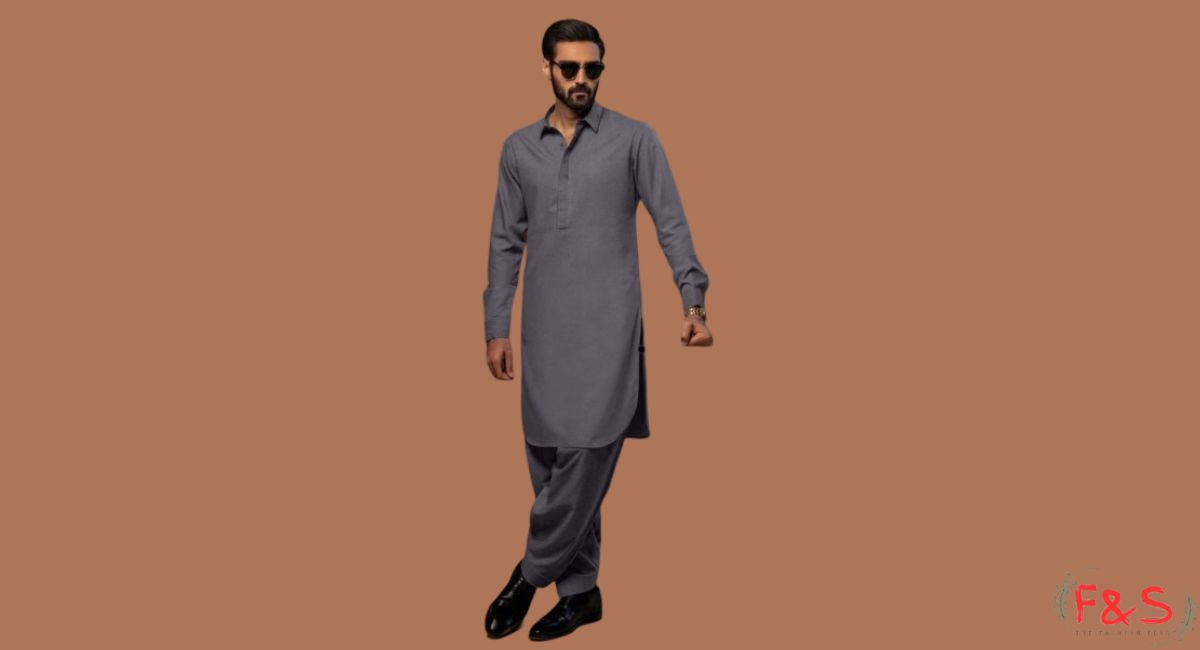
Another essential piece of traditional Afghan men’s clothing is the shalwar kameez, which consists of baggy trousers (shalwar) and a long tunic (kameez). Made from materials like cotton or silk, the shalwar kameez is widely worn across Afghanistan, especially in the southern and eastern regions.
Chapan
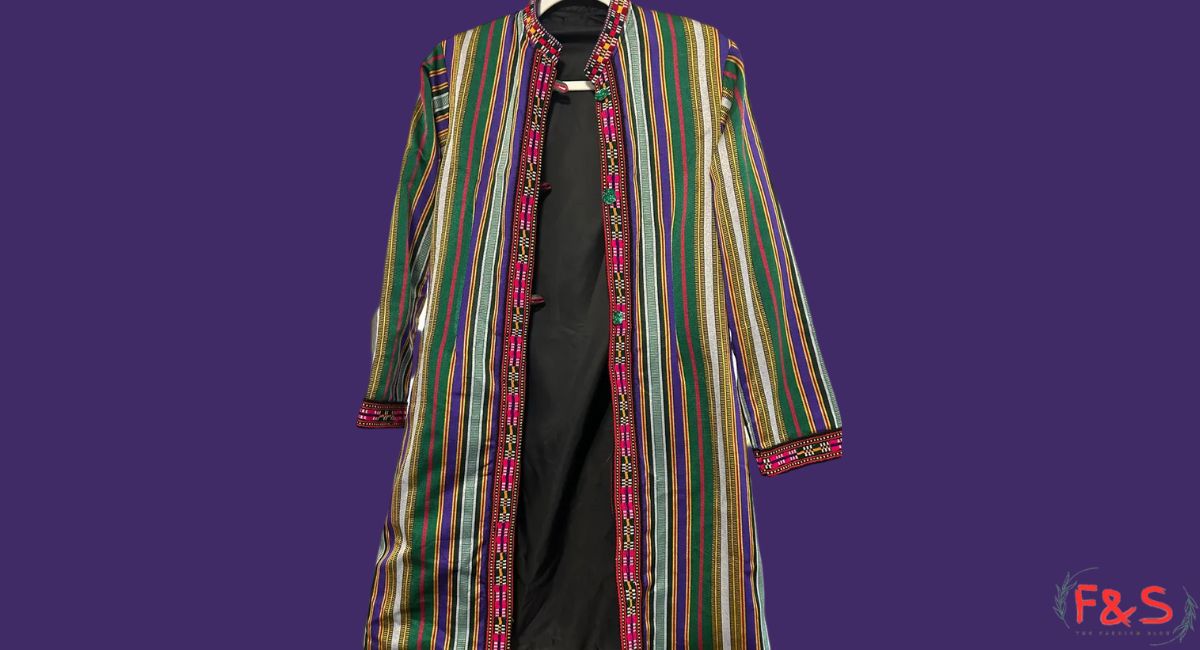
The chapan, a traditional coat, is a key component of traditional Afghan men’s clothing in northern Afghanistan. Made from thick, woven fabric, it is worn over the perahan tonban for warmth during cold weather. Characterized by its wide sleeves and colorful stripes, the chapan often features a cotton lining for extra insulation.
Patu
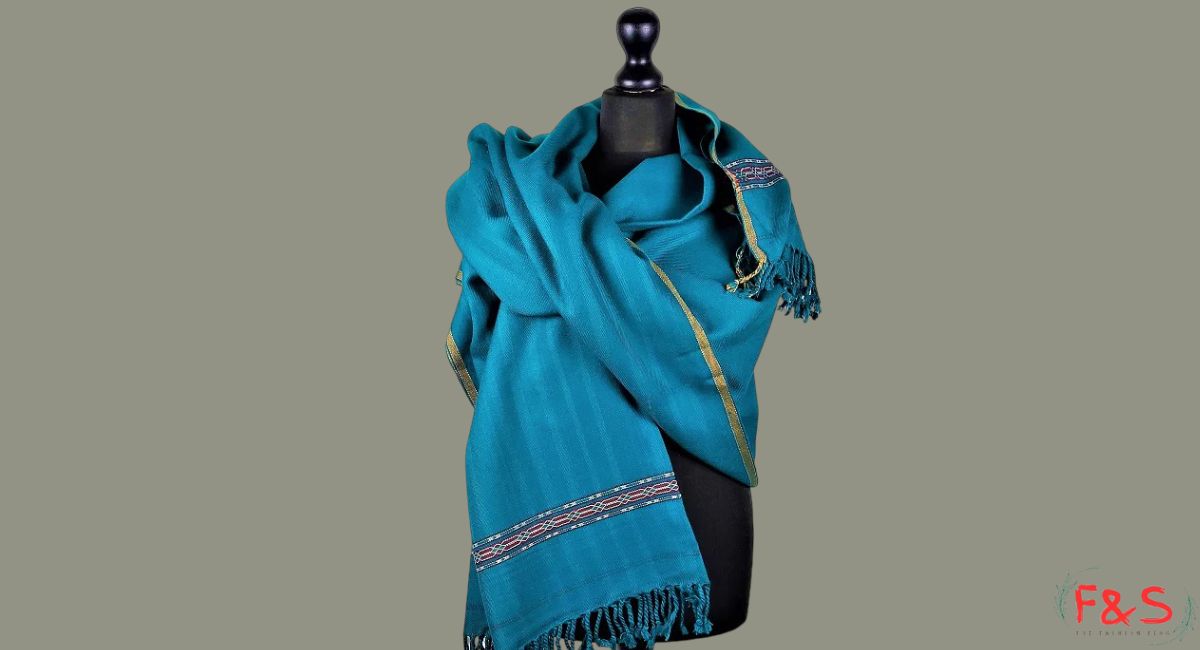
The patu, a large woolen shawl, is an integral part of traditional Afghan men’s clothing, especially in rural and highland areas. It serves dual purposes as both a garment and a blanket, offering essential warmth during Afghanistan’s harsh winters.
Regional Variations in Traditional Afghan Men’s Clothing
Afghanistan’s diverse ethnic groups have their unique clothing traditions. Here are some regional variations of traditional Afghan men’s clothing:
Pashtun Garments
The Pashtuns, primarily in southern and eastern Afghanistan, wear traditional Afghan men’s clothing that includes the shalwar kameez paired with a pakol, a soft, round-topped hat made of wool or felt. Additionally, they often wear a turban or a matching shawl.
Tajik and Uzbek Dress
In northern Afghanistan, Tajiks and Uzbeks favor long, loose coats made of lightweight, striped fabric as part of their traditional Afghan men’s clothing. These overcoats are typically worn over the perahan tonban. Tajik men also commonly wear a traditional kulah cap, which is beautifully embroidered and distinctive to the region.
Hazara Clothing
The Hazaras, primarily located in central Afghanistan, typically wear the perahan tonban with a waistcoat as part of their traditional Afghan men’s clothing. Their attire often features darker colors compared to the brighter garments of other ethnic groups. Popular headgear among Hazaras includes the karakul, a hat made from lambskin that is widely recognized across Afghanistan.
Baluchi Dress
In southwestern Afghanistan, the Baluchis have their own version of traditional Afghan men’s clothing, characterized by a longer, looser tunic and more voluminous trousers in their shalwar kameez. Baluchi men often complete their attire with a turban or cap decorated with traditional embroidery.
The Role of Traditional Afghan Men’s Clothing in Society
Traditional Afghan men’s clothing has a strong cultural identity and continuity, deeply influencing Afghan society in various ways:
Social and Cultural Identity
Traditional Afghan men’s clothing plays a crucial role in expressing cultural identity. Each style or garment signifies a person’s region, ethnicity, and social status. For instance, a man wearing a chapan and turban is likely from northern Afghanistan, whereas someone in a shalwar kameez with a pakol hat is probably from the south or east.
Religious Significance
Traditional Afghan men’s clothing also holds religious significance, reflecting Islamic principles of modesty. The loose-fitting garments ensure comfort and practicality while aligning with religious values.
Ceremonies and Festivals
During ceremonies and festivals, traditional Afghan men’s clothing takes center stage. For religious events like Eid al-Fitr, Afghan men often don their finest perahan tonban or shalwar kameez, accessorized with a new pakol hat or turban. Weddings feature luxurious traditional robes such as chapans, adding elegance to the celebration.
The Evolution of Traditional Afghan Men’s Clothing in Modern Times
Over time, traditional Afghan men’s clothing has evolved, blending with modern styles without losing its cultural roots. Urbanization, globalization, and Western influences have brought about a fusion of traditional and contemporary attire in Afghanistan.
Urban and Rural Divide
In urban areas, traditional Afghan men’s clothing has evolved to incorporate Western influences. Men might pair a modern jacket with a perahan tonban or wear a traditional vest over jeans. Conversely, in rural areas, traditional attire remains predominant, with men adhering strictly to their ethnic dress styles.
Designers and Modern Adaptations
Recently, Afghan fashion designers have begun reimagining traditional Afghan men’s clothing, creating modernized versions of the perahan tonban, shalwar kameez, and chapan. These designs retain traditional elements while incorporating contemporary textiles and colors, offering a fresh take on classic styles.
Worn by the World
The Afghan diaspora has played a significant role in popularizing traditional Afghan men’s clothing worldwide. Stores now offer these garments globally, and Afghan communities in countries like the United States, Canada, and the UK wear them during cultural events and special occasions, thereby preserving their cultural identity abroad.
Preserving Culture Through Traditional Afghan Men’s Clothing
Given Afghanistan’s challenges, traditional attire continues to uphold Afghan morale and culture. Preserving and promoting Afghan clothing is essential to maintaining a historical link with the past, fostering cultural pride for future generations.
Cultural Festivals and Exhibitions
Cultural festivals and exhibitions both in Afghanistan and internationally offer platforms to showcase traditional Afghan men’s clothing. These events enable Afghans to celebrate their heritage and share their rich cultural traditions with the world.
Artisans and Craftsmen
Skilled Afghan artisans and craftsmen are vital in preserving traditional Afghan men’s clothing. By producing textiles and garments using time-honored methods and passing these skills to younger generations, they ensure the authenticity and continuity of these cultural attires.
Educational Initiatives
Educational initiatives play a crucial role in teaching young Afghans about their cultural heritage, including the significance of traditional Afghan men’s clothing. These programs foster cultural pride and are essential for preserving traditional attire for future generations.
Conclusion
In Afghanistan, traditional men’s clothing is more than just fabric; it is a symbol of culture, history, and national identity. From the perahan tonban to the chapan, these garments reflect the country’s ethnic diversity, regional influences, and evolving traditions.
Despite modern influences, traditional Afghan men’s clothing remains a powerful symbol of heritage. Whether worn in the bustling streets of Kabul or the remote villages of the Hindu Kush, these attires embody the resilience and spirit of the Afghan people.
FAQ’s
Q1. What are the main types of traditional Afghan clothes for men?
Traditional Afghan men’s clothes include the shalwar kameez (a long tunic paired with loose trousers), and the pakol (a soft, round-topped wool or felt hat). Men also wear the chapan (an embroidered coat worn over the shalwar kameez) and the turban or patka (headwrap). These garments offer comfort and cultural significance.
Q2. What is the significance of the shalwar kameez in Afghan culture?
The shalwar kameez holds deep cultural significance in Afghanistan. Worn by men across social and ethnic groups, it symbolizes national identity. It is favored for its comfort and practicality, making it suitable for both daily wear and special occasions in Afghanistan’s diverse climate.
Q3. What materials are commonly used for traditional Afghan men’s clothing?
Traditional Afghan men’s clothing is made from materials suitable for the local climate, including cotton for breathability, wool for warmth, and silk or brocade for formal attire. The material choice depends on the occasion and personal preference.
Q4. How should traditional Afghan clothes be styled for different occasions?
Simple shalwar kameez outfits in plain colors or light patterns are appropriate for everyday wear. For formal events, more elaborate designs with embroidery and embellishments may be chosen. Adding a chapan or a turban enhances the outfit’s formality, while accessories like a kama (belt) create a complete look.
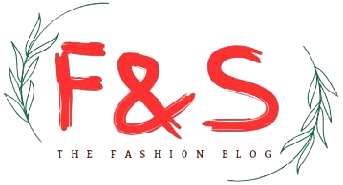


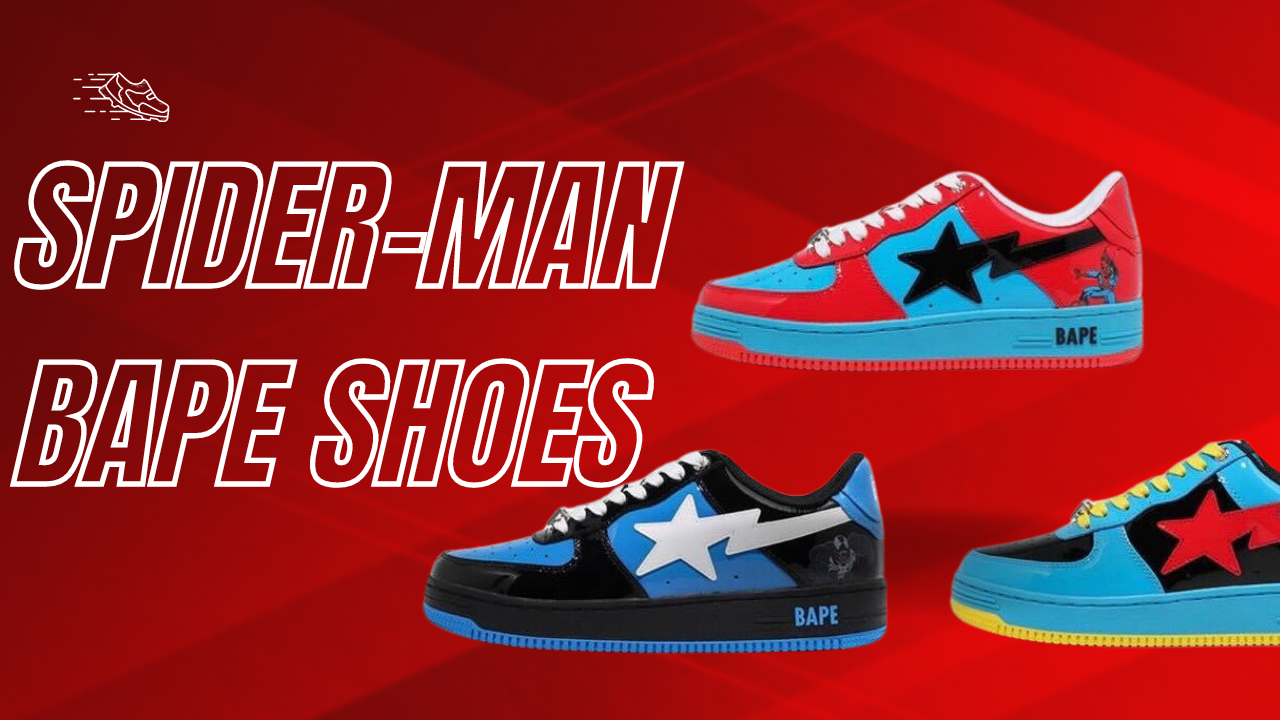
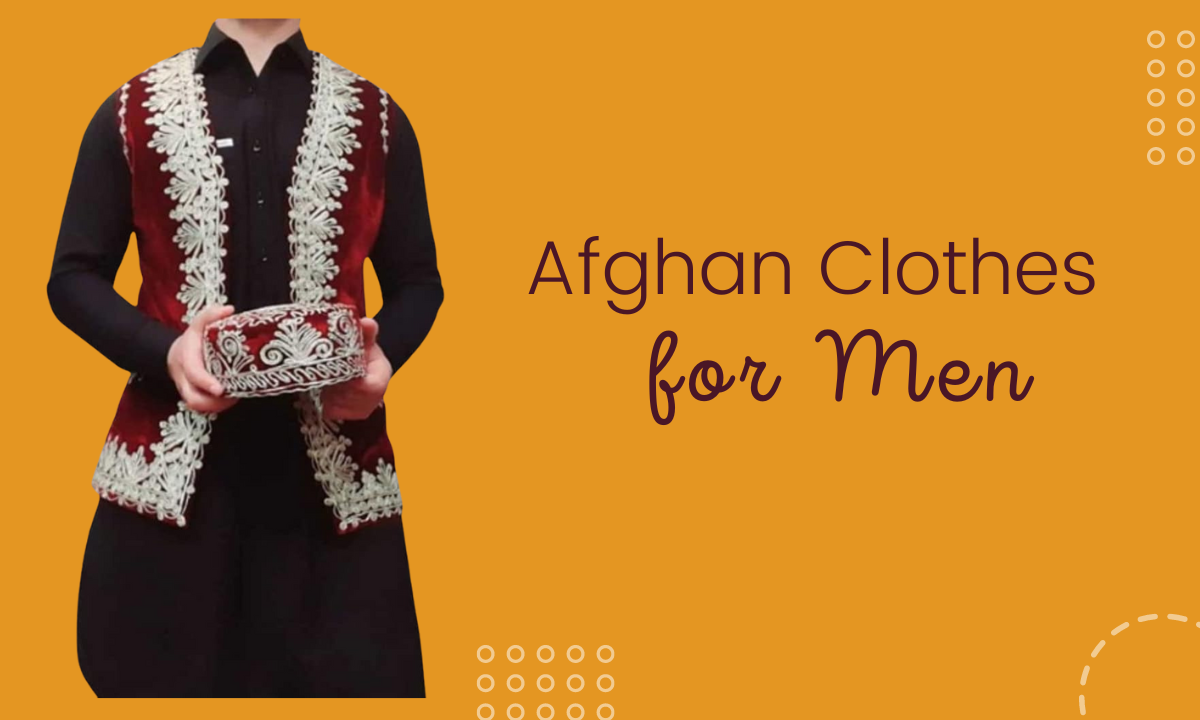
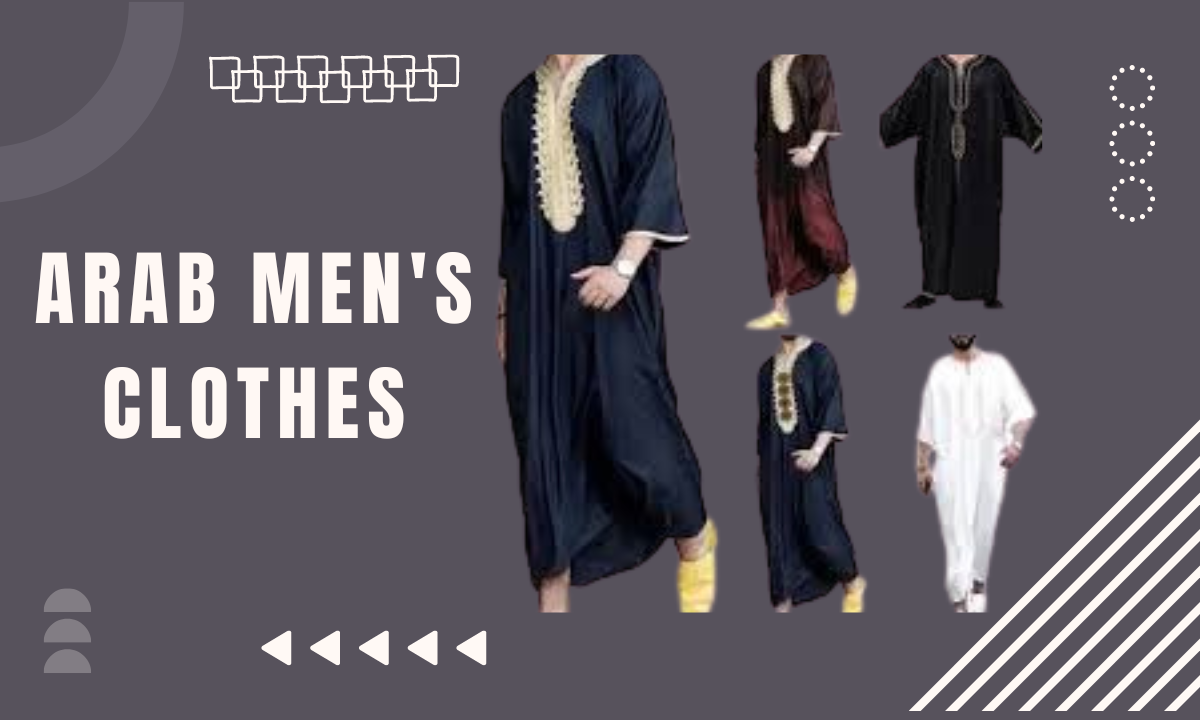
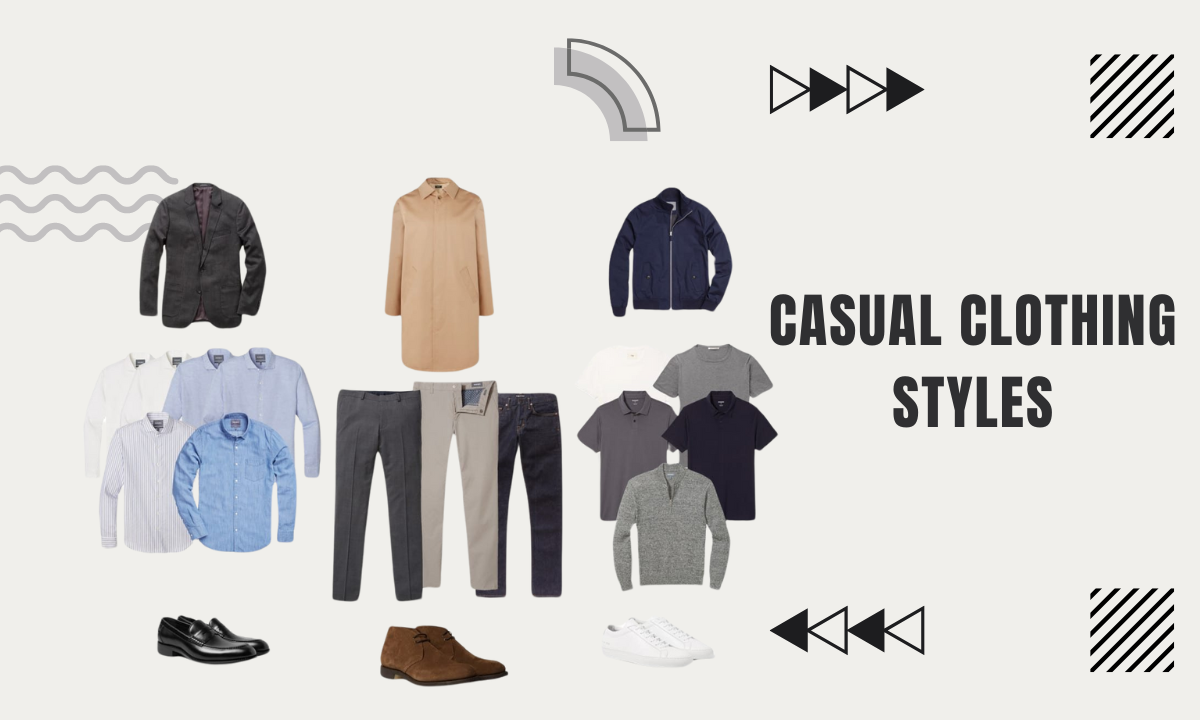


Leave a Reply